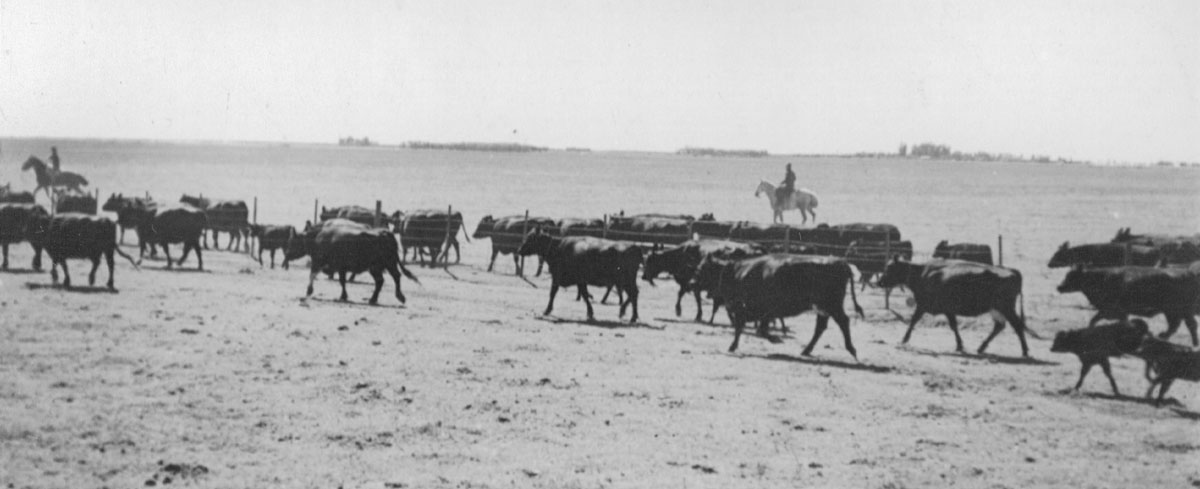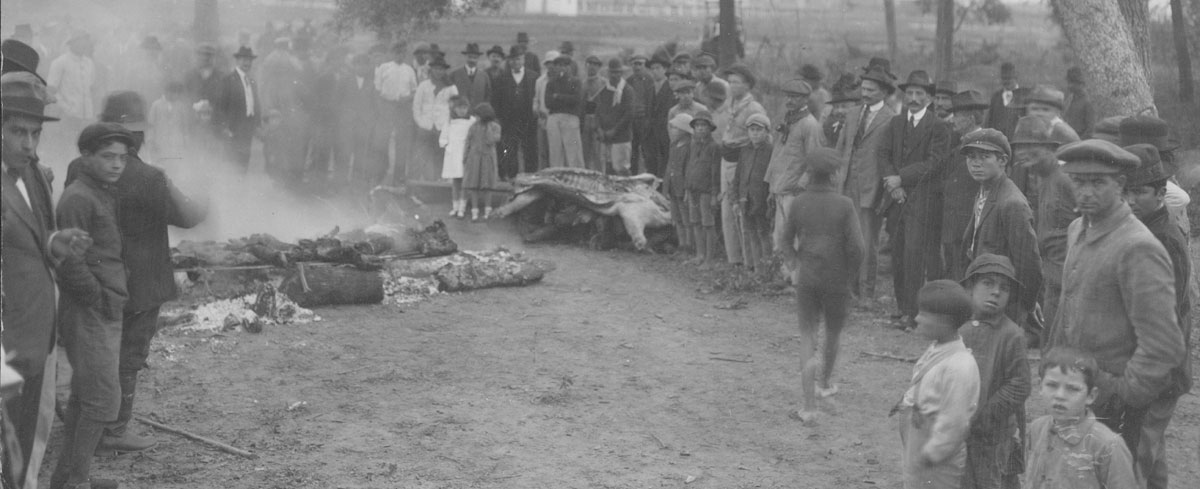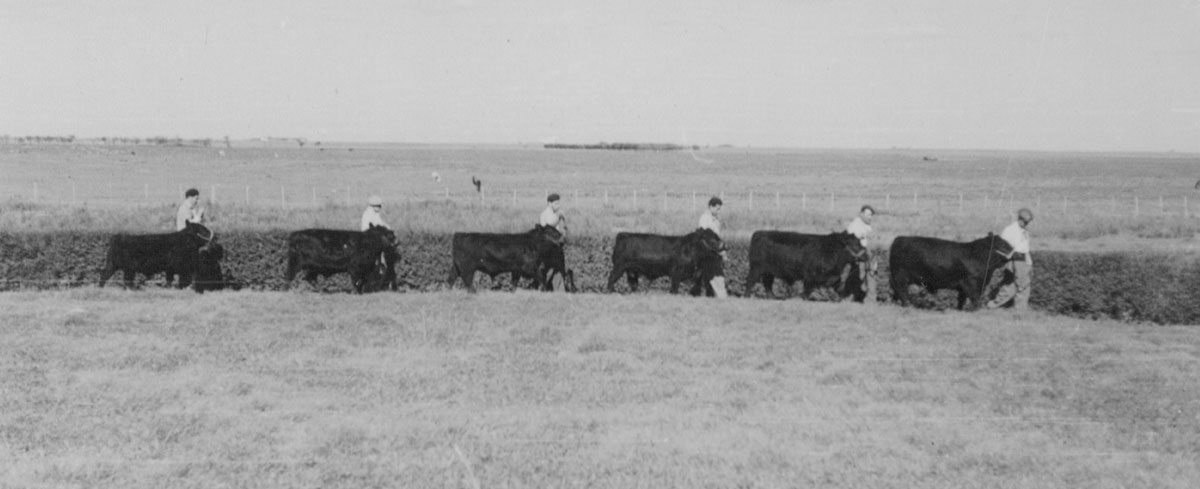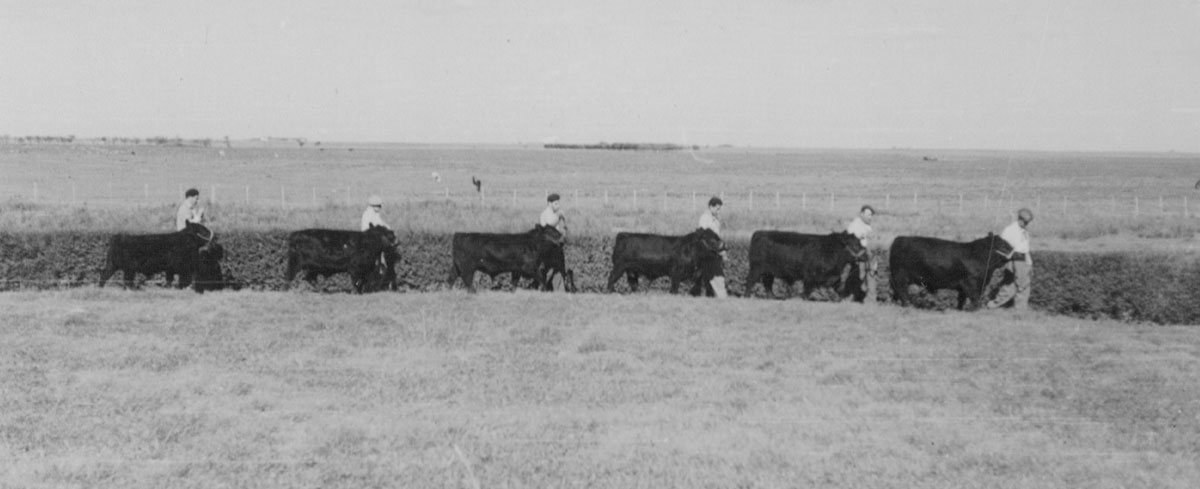That Argentina has a passion for beef is no great revelation. It’s something that dates back to the very beginnings of the country’s history, and can be traced all the way back to explorer Christopher Columbus's son’s decision in 1511 to introduce cattle to the lands that Spain had invaded in the Americas.
The pioneering cattle

From Panama to Venezuela and from there to Brazil, the Spanish cattle, of the Turdetano breed, are believed to have finally arrived in what is now Argentine territory in 1556, and to have reached Buenos Aires in time to witness the city’s second foundation in 1580. They spread rapidly and were estimated to have reached 40 million in number by the early 18th century.
The key to their remarkable success? The huge open plains of the pampas with their ideal climate and fertile soil - there was so much space that it was said that one could find “one cow per hectare”. The excellent conditions led wild cattle to multiply, and also later provided an improved quality of meat among the British breeds of cattle (Angus, Hereford and Shorthorn) that would be imported the following century. With so many cows roaming wild, consumption of beef was very cheap, if not free: anyone was allowed capture and kill up to 12,000 cattle.
A country ritual

The country workers known as gauchos would stop at midday, put a few hunks of meat over a fire using sticks, then eat them after barely after 20 minutes. And so two of the defining elements that identify Argentina were born: the asado as social ritual, and the country’s devotion to beef. The gauchos would digest their food quickly and repeat the ceremony several times a day. They often used only the tongue of the animal and saved the fat and leather but left the remains of the meat for scavengers.
In the following century, those “remains” went on to become a booming industry and one of the most important engines of Argentina’s economy. In order to use the whole animal, beef would be cured and salted, exposed to the sun every ten days, in order to make jerky.
The beef business
The most tragic incident in Argentina’s parliamentary history occurred amid controversy and political arguments over what by then was a huge industry. On July 23 1935 an opposition senator was killed during a session in the National Congress. Enzo Bordabehere had questioned the so-called Roca-Runciman pact, a deal signed with the government of Great Britain that forced Argentina to ship at least 85% of its meat exports through British companies. As Lisandro de la Torre, another critic of the deal, made his arguments in the chamber, Bordabehere was killed by a bullet fired by a former police chief linked to the ministry of agriculture.
Another occasion when diplomatic relations with the United Kingdom would affect the Argentine meat industry came more recently in 1982 due to the Malvinas war. Trade between the two countries was suspended due to the conflict, inadvertently saving Argentine cattle from “mad cow disease”, which had devastating consequences in the UK and many other countries.
From the asado to the milanesa

In 2017, the consumption of meat in Argentina reached 118 kilos per capita, of which 57.2 kg was beef, but currently, the cuts of meat that are most consumed in Argentina are not those destined for the barbecue but those that are prepared to make milanesa, a type of schnitzel that originated in the city of Milan and has become Argentina’s favourite dish.
Infinite stories surround the evolution of the legendary Argentine asado; creating history that can be savoured at steakhouses and family barbecues all over Buenos Aires.




